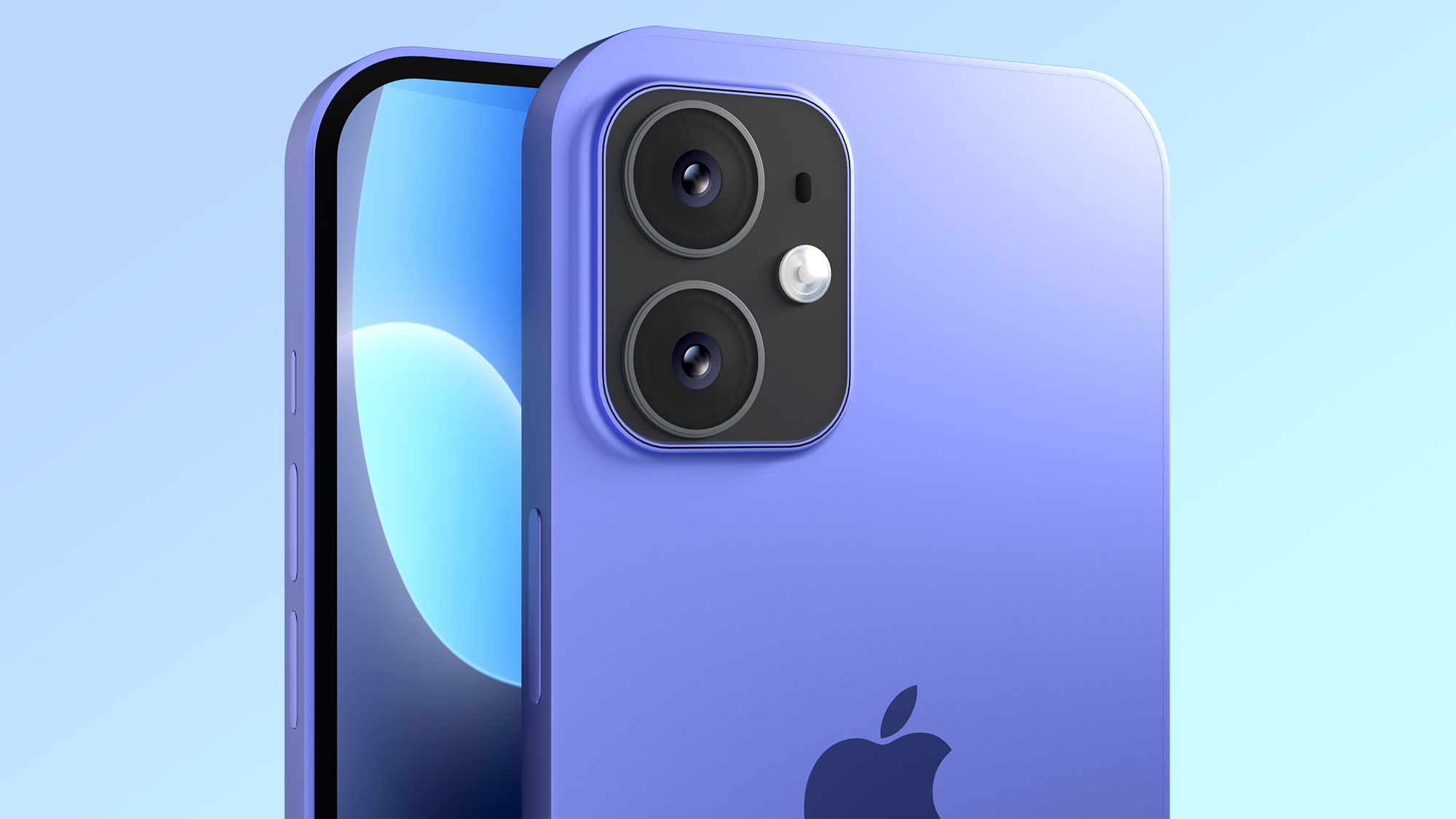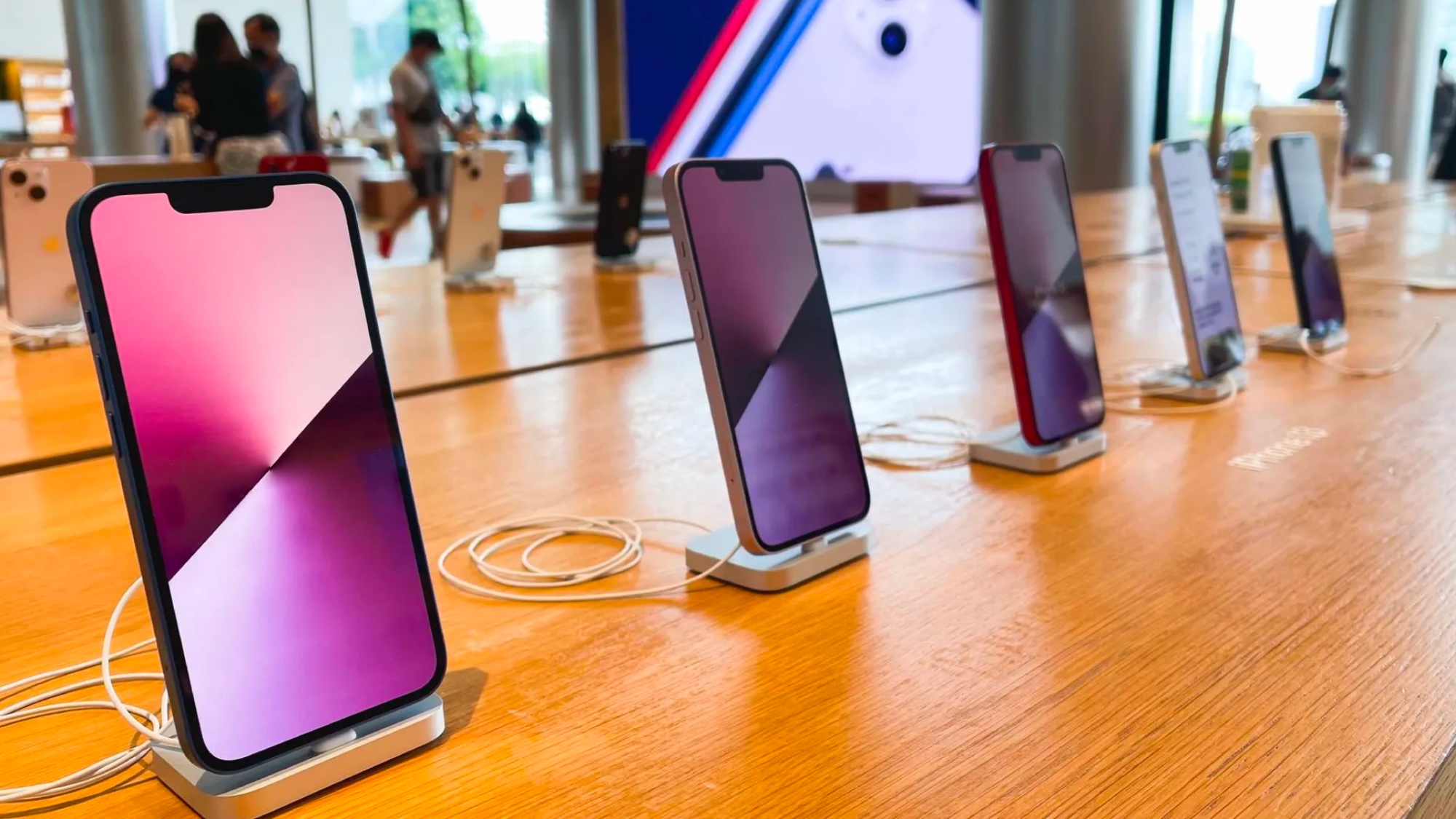Bad news — iPhone tariff exemption is only temporary according to US Commerce Secretary
A new tariff will be coming "in a month or two"

The whole situation around tariffs is confusing, especially if you’re eagerly anticipating the iPhone 17 and want to know if the price is going to change. Well, following some changes over the weekend, it seems the whole mess is getting even more confusing.
Despite an announcement that various electronics, including smartphones, would be exempt from the 125% reciprocal tariff imposed against Chinese goods last week, the White House has confirmed this is only temporary. So rather than saving the iPhone 17 (and us) from price hikes, it seems like this change will only be valid “for a month or two”.
Commerce Secretary Howard Lutnick, confirmed this news in an interview with ABC News.
Lutnick emphasized the need to reshore semiconductor production in the U.S. rather than in Taiwan and China. This is not a new or controversial topic, and work towards doing so was spearheaded by the Biden administration in the wake of COVID-19 and the global chip shortage.
But in this instance it means that semiconductors will be impacted by a brand new kind of tariff, designed to encourage companies to bring that manufacturing to the U.S. So expect devices like phones to be grouped in as part of that.
Pharmaceutical products will also be hit by a new, similar tariff.
All these new tariffs will be coming in the next couple of months and “are not available to be negotiated away by countries."
Sign up to get the BEST of Tom's Guide direct to your inbox.
Get instant access to breaking news, the hottest reviews, great deals and helpful tips.
What does this mean for iPhone prices?

Having spoken to analysts about this exact topic, the idea of bringing manufacturing jobs back to the U.S. sounds good on paper. But the problem is you can’t just pick up your manufacturing and drop it into a brand new country overnight.
It’s a process that takes years, and even a small scale shift will cost billions of dollars.
When pressed about this. Lutnick dodged the question and simply talked about bringing jobs back to America — citing Panasonic’s new battery plant in Kansas. It’s worth pointing out that Panasonic broke ground on this site back in late 2022, with the aim of producing the first batteries in Spring 2025.
According to Ryan Reith, IDC's Group Vice President of WW Device Trackers, bringing something like iPhone manufacturing to the U.S. would likely just mean final assembly. Components and materials would still be coming from Asia, and even in the best case scenario you’re looking at small scale production starting in three years' time.
Avi Greengart, consumer technology analyst and founder of Techsponential, also confirmed that reshoring electronics manufacturing in the U.S. would be impossible in the short term. In the long term a shift back to North America and the U.S. could happen, but “would be enormously expensive to build from scratch.”
Greengart also agrees that the majority of components would still need to come from Asia.
iPhone prices are likely to go up, too, with one analyst predicting the cost of an iPhone could triple if it was made in the U.S.
In other words, if what Lutnick says is true, and these new semiconductor tariffs do come into force later this year, the price of your electronics is going to go up. Because right now, and in the immediate future, there’s no way to manufacture those devices outside of Asia.
Be sure to read our explainer on how tariffs could affect the iPhone 17 price to find out more.
More from Tom's Guide

Tom is the Tom's Guide's UK Phones Editor, tackling the latest smartphone news and vocally expressing his opinions about upcoming features or changes. It's long way from his days as editor of Gizmodo UK, when pretty much everything was on the table. He’s usually found trying to squeeze another giant Lego set onto the shelf, draining very large cups of coffee, or complaining about how terrible his Smart TV is.
You must confirm your public display name before commenting
Please logout and then login again, you will then be prompted to enter your display name.
